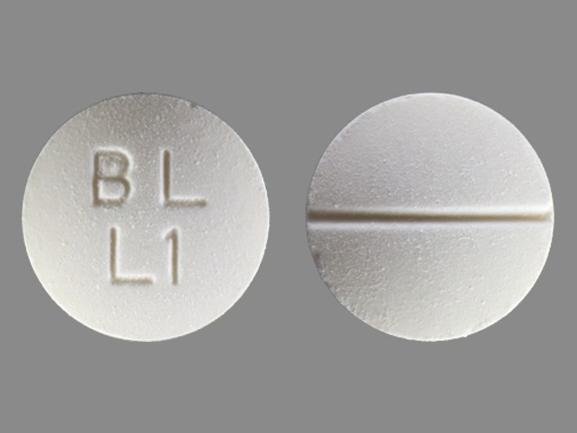Mitotane Disease Interactions
There are 5 disease interactions with mitotane.
Mitotane (applies to mitotane) adrenal insufficiency
Major Potential Hazard, Moderate plausibility. Applicable conditions: Infection - Bacterial/Fungal/Protozoal/Viral, Shock
Mitotane inhibits production of corticosteroids and alters extra-adrenal metabolism of endogenous and exogenous steroids. All patients treated with mitotane should be instructed to immediately report signs and symptoms of infection or other illnesses. Therapy with mitotane should be withheld immediately following shock or severe trauma or infection. Exogenous steroids should be administered since the suppressed adrenal may not immediately begin to secrete steroids.
Mitotane (applies to mitotane) depression
Moderate Potential Hazard, Moderate plausibility.
Symptoms of depression consisting of lethargy and somnolence have been reported during mitotane therapy. Therapy with mitotane should be administered cautiously to patients with or predisposed to depression. Clinical monitoring of psychological behavior is recommended.
Mitotane (applies to mitotane) liver dysfunction
Moderate Potential Hazard, High plausibility. Applicable conditions: Liver Disease
Mitotane is primarily metabolized by the liver. Metabolism and therapeutic activity may be altered in patients with hepatic impairment. Therapy with mitotane should be administered cautiously in patients with hepatic impairment. Clinical monitoring of hepatic function is recommended.
Mitotane (applies to mitotane) neurologic disorder
Moderate Potential Hazard, High plausibility.
Unspecified brain damage and impairment of function have been reported during prolonged mitotane therapy. Therapy with mitotane should be administered cautiously to patients with neurologic impairment. Clinical monitoring of behavior and neurological function is recommended when continuous mitotane therapy exceeds two years.
Mitotane (applies to mitotane) perimenopause
Moderate Potential Hazard, Moderate plausibility. Applicable conditions: Menopausal Disorder
Ovarian macrocysts, often bilateral and multiple, have been reported in premenopausal patients receiving mitotane which might lead to adnexal torsion and hemorrhagic cyst rupture. It is recommended to use care when using this agent in premenopausal patients and to seek medical care if they experience gynecological symptoms such as vaginal bleeding and/or pelvic pain.
Mitotane drug interactions
There are 614 drug interactions with mitotane.
Mitotane alcohol/food interactions
There is 1 alcohol/food interaction with mitotane.
More about mitotane
- mitotane consumer information
- Check interactions
- Compare alternatives
- Side effects
- Dosage information
- During pregnancy
- Drug class: miscellaneous antineoplastics
- En español
Related treatment guides
Drug Interaction Classification
| Highly clinically significant. Avoid combinations; the risk of the interaction outweighs the benefit. | |
| Moderately clinically significant. Usually avoid combinations; use it only under special circumstances. | |
| Minimally clinically significant. Minimize risk; assess risk and consider an alternative drug, take steps to circumvent the interaction risk and/or institute a monitoring plan. | |
| No interaction information available. |
Further information
Always consult your healthcare provider to ensure the information displayed on this page applies to your personal circumstances.


